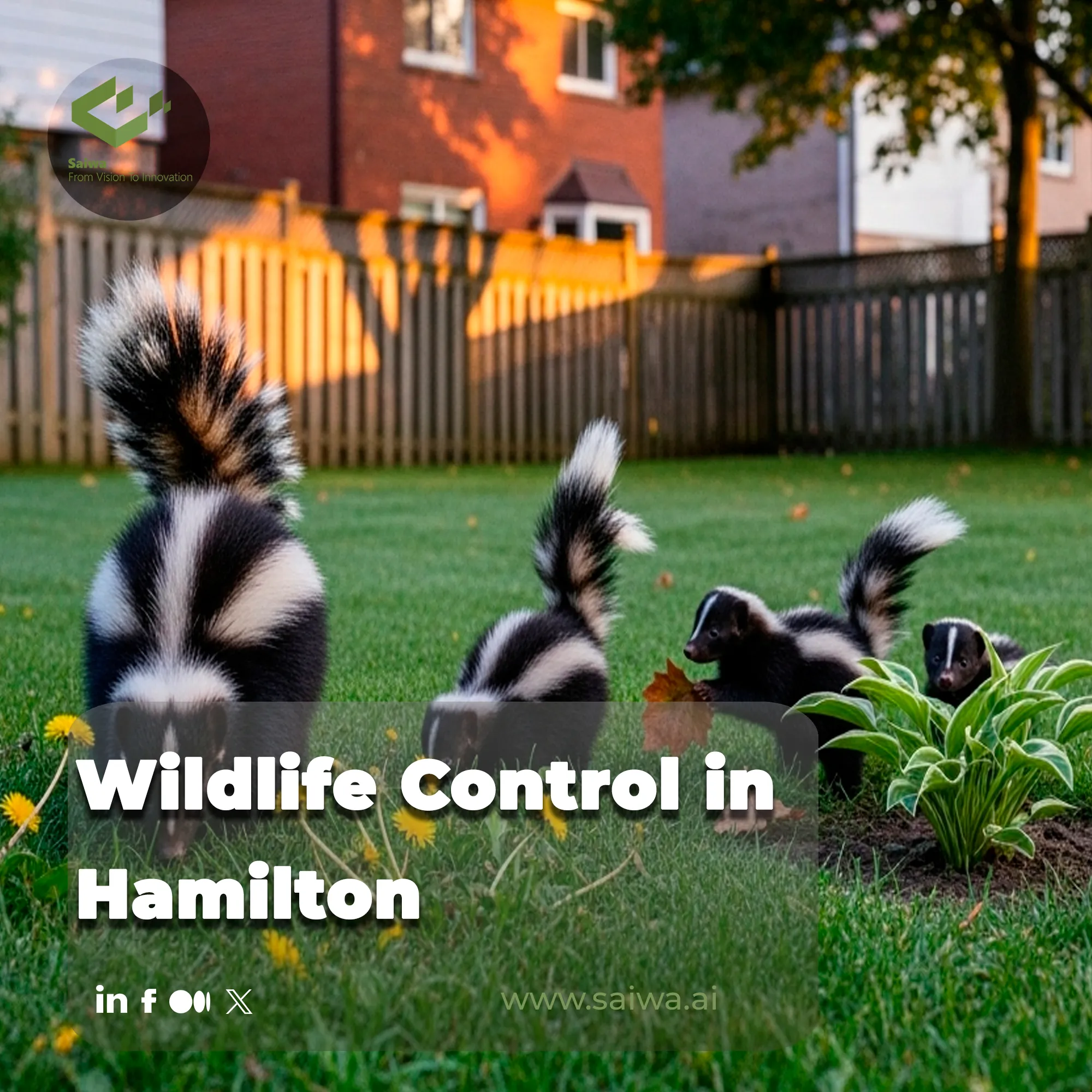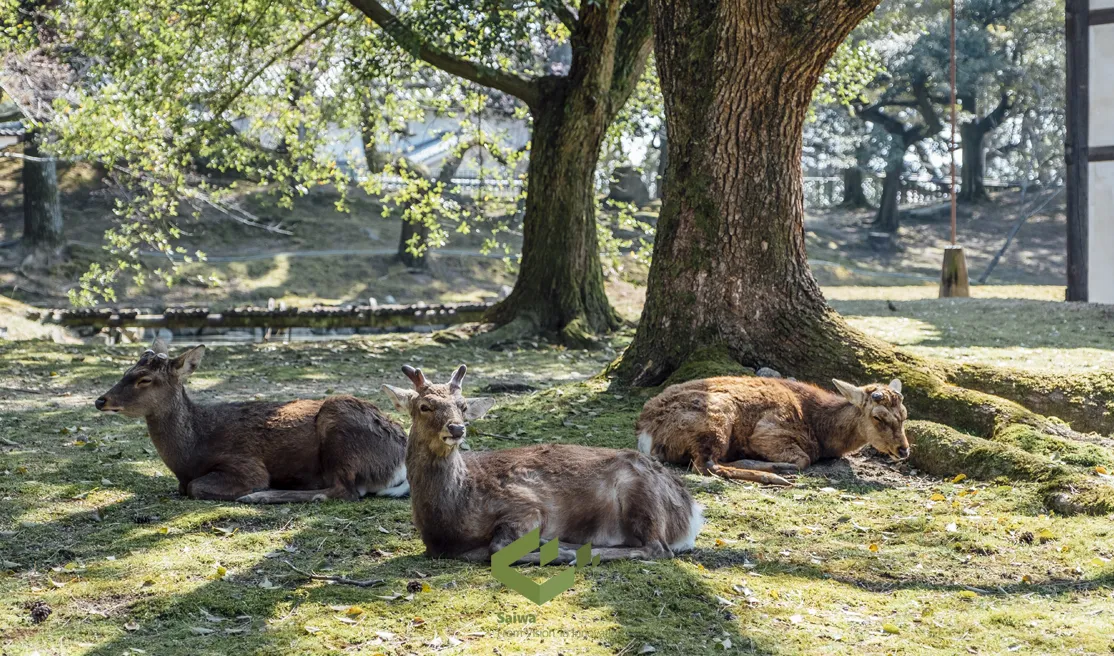Wildlife Control in Hamilton: Managing Urban Animals Safely and Effectively

Hamilton's blend of urban development and natural escarpment landscapes creates ongoing challenges for homeowners. Managing animal encounters requires more than just reactive removal; it demands a modern, informed strategy. At Saiwa, we leverage artificial intelligence to transform this field. Our technology offers proactive insights into animal behavior, moving beyond simple fixes. This article explores the core issues of Wildlife control Hamilton and introduces how our advanced AI tools provide effective, humane, and forward-thinking solutions for urban wildlife management.
Understanding species present in Hamilton’s wildlife
In Hamilton, certain species have become particularly adept at navigating urban environments. Their presence can lead to significant conflicts if not managed properly. Understanding the primary animals involved is the first step toward effective coexistence. The most common residents you might encounter include the following species.
Raccoons
Highly intelligent and resourceful, raccoons often enter attics, sheds, and garages, causing damage to wiring and insulation. Their dexterity allows them to bypass simple deterrents.
Squirrels
Both grey and red squirrels are notorious for nesting within homes. They frequently chew on electrical wiring, creating a significant fire hazard, and can damage structural elements over time.
Skunks
Skunks are known for burrowing under decks and porches, which can compromise the structural integrity of these foundations. They also carry health risks, including the potential for rabies transmission.
Factors Influencing Wildlife Behavior in Hamilton
Wildlife activity is not random; specific environmental factors draw animals into residential areas. As urban sprawl continues, understanding these influences becomes crucial for effective Wildlife control Hamilton. Below, we outline the key drivers behind animal behavior in the city.
Food Availability
Accessible garbage bins, composters, and outdoor pet food serve as primary attractions for wildlife, encouraging them to return repeatedly.
Climate and Weather Patterns
Seasonal changes are a major motivator. Animals actively seek warm, secure shelters like attics or sheds to endure cold winters or raise their young in the spring.
Natural Disasters
Events like severe storms or flooding can displace animals from their natural habitats, forcing them to seek refuge in more developed urban areas.

Risks of Uncontrolled Wildlife
Ignoring signs of a wildlife intrusion can lead to serious consequences that extend beyond simple annoyance. The presence of animals in a home creates measurable risks to the building and its inhabitants. Homeowners should be aware of several distinct dangers.
Health Hazards
Wildlife can transmit diseases such as rabies, leptospirosis, and raccoon roundworm through bites, scratches, or contact with droppings.
Ecological Impact
An unnatural concentration of a single species in an urban area can disrupt the local ecosystem and lead to negative outcomes for the animals themselves.
Property Damage
From chewed electrical wires and destroyed insulation to damaged roofing and compromised foundations, the cost of wildlife-related repairs can be substantial.
Wildlife Monitoring in Hamilton: Sairone’s Role in Protecting Homes and Ecosystems
Saiwa developed Sairone to provide Hamilton with a faster, safer, and more humane method of managing urban wildlife. Using AI and high-resolution drone imagery, as well as images or video from phones and CCTV, Sairone transforms raw visuals into clear, real-time insights. Tasks that would take a human 50 hours can be processed in about five minutes with very high accuracy, as the system continually learns to reduce false positives. Teams receive map-ready outputs and concise reports that highlight activity patterns and potential risk areas. This helps them focus patrols, prevent conflicts, and document outcomes. With a growing species library and pay-as-you-go pricing, Sairone reduces labor costs while improving decision-making, protecting homes, and supporting healthier urban ecosystems across Hamilton.
Read Also : Drones for Wildlife Monitoring - From Thermal Imaging to AI-Powered Insights
Conclusion
Successfully navigating the complexities of urban wildlife requires a blend of respect for nature and the strategic use of technology. Our intelligent platforms offer a clear path forward, enabling precise and preventative action. By leveraging advanced data analysis, we can achieve a safer, more balanced approach to Wildlife control Hamilton, ensuring both residents and animals can thrive together.
Note: Some visuals on this blog post were generated using AI tools.
